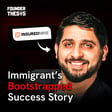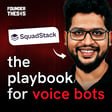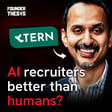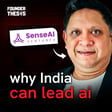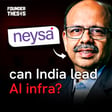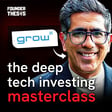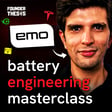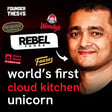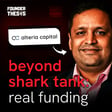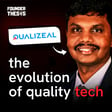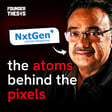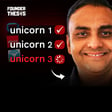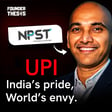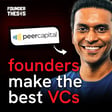
How Leena AI Wins Million Dollar Deals | Adit Jain
"We are doubling down on our investment in continuing to be the best or 10x better than anyone else on the market."
Adit Jain's unwavering commitment to market leadership and continuous innovation reflects his ambitious vision for Leena AI and his drive to revolutionize enterprise operations.
Adit Jain is the Co-Founder & CEO of Leena AI, an Autonomous Agent designed for modern workplaces. Under his leadership, Leena AI has grown to serve over 500+ enterprises across 90+ countries, including industry giants like Nestlé, Puma, and Coca-Cola. Adit has raised over $40M in funding from prominent investors like Greycroft, Bessemer Venture Partners, and YCombinator.
Key Insights from the Conversation:
- The early challenges of selling to Indian customers versus global customers, and the importance of understanding payment cycles and customer expectations.
- The pivotal moment when Leena AI shifted its focus to HR, recognizing the acute pain points in enterprise HR functions, and the strategic importance of verticalization.
- Adit's emphasis on the long-term vision of building an "Enterprise Jarvis" (an AI-powered virtual assistant), and his strategic decisions around product development and market focus.
- The evolution of Leena AI's sales strategy, from early hustling and direct sales to a value-driven approach targeting high-value deals with Fortune 500 companies.
- Adit's insights on building and scaling a B2B enterprise SaaS company, including his perspective on sales, marketing, customer adoption, and competition.
Chapters:
- 00:00:00 - Introduction to Adit Jain and Leena AI
- 00:01:59 - Early Life and Entrepreneurial Influences
- 00:04:47 - From IIT Delhi to Startup Life
- 00:13:14 - Early Startup Experiments and Finding Product-Market Fit
- 00:21:11 - Pivoting to B2B and the Birth of Chatteron
- 00:27:42 - The Evolution of Leena AI: Focusing on the Enterprise
- 00:35:41 - Cracking Enterprise Sales: Lessons Learned
- 00:42:53 - Y Combinator Experience and Global Validation
- 00:50:36 - Navigating the Pandemic and Accelerating Growth
- 01:01:04 - Expanding Leena AI's Capabilities: From HR to the Entire Enterprise
- 01:12:21 - Building a High-Performing Sales Organization
- 01:23:33 - Driving Customer Adoption and Retention
Hashtags:
#LeenaAI #AditJain #EnterpriseAI #HRTech #AI #ArtificialIntelligence #Automation #SaaS #B2B #Startups #FounderThesis #YCombinator #Innovation #Leadership #VentureCapital #BusinessStrategy #ScalingStartups #HRAutomation #EnterpriseSaaS
